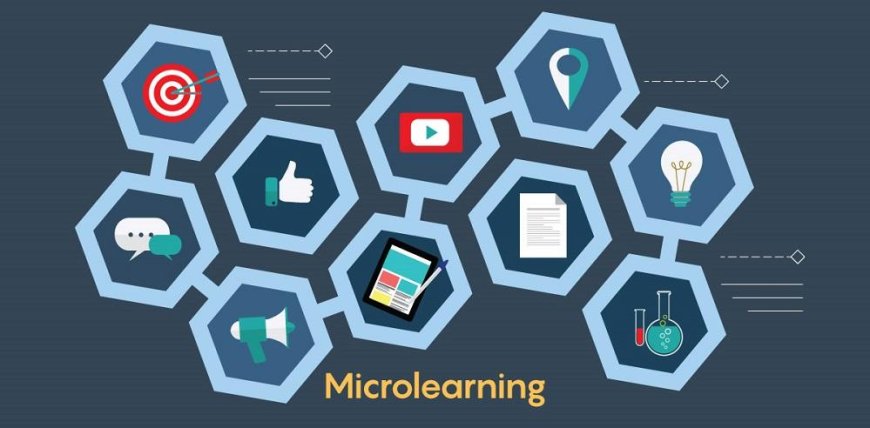Micro learning small steps to big achievements
the transition from traditional forms to micro-learning. Why is this format especially attractive for Generation Z? How to implement and

Let's talk about the educational trend of 2021. The digital generation perceives information as a sequence of not-so-interconnected phenomena, rather than as a holistic picture. This phenomenon of modernity, which is called "clip thinking", is characterized by a lack of rational foundations and clear logic, fragmentary perception and impressions. It has become a kind of challenge for education and an impetus for the transition from traditional forms to micro-learning. Why is this format especially attractive for Generation Z? How to implement and where to use it? Let's talk about it!
The meaning of micro-learning is to study a small part of the training material in a short period of time. This strategy creates unique conditions for the personalization of learning: students themselves determine the time, pace and sequence of learning a topic. And the simple and clear content of the material does not cause information overload. It is also possible to return and repeat the required topic at any time, which contributes to better learning.
Micro learning combines different approaches to acquiring knowledge and has special characteristics:
- Short duration: from 5 to 15 minutes.
- Conciseness: the training unit is as short as possible.
- Content: small or very small units of educational information, narrow topics.
- Autonomy: the module is self-sufficient and independent. And although it is part of the course, there is no need for access to additional materials.
- Diversity: different formats of work are used, which increase students' interest in learning.
- Interactivity: includes as many exercises as possible that directly involve students in the work process.
- Flexibility: suitable for blended learning, where the micro course becomes part of a larger course.
How to develop a full-fledged micro-course? Maybe it is enough to reduce the time of studying the topic? Or "cut" lectures into pieces of 10-15 minutes? Not quite. After all, micro-learning requires the transformation of educational materials, rather than mechanical translation of a course that already exists.
First, develop a micro-course structure. To reduce the learning material, the key learning objectives should be identified and supported by practical objectives. The purpose of learning is the student's knowledge at the end of the lesson. You should not complicate the micro-lesson with several goals, define only one. For example, if a student is learning parts of a language, group the terms into a small group so that the concepts can be memorized quickly and easily.
Must Read: Characteristics and advantages of convergent thinking
Secondly, pay attention to the design of the micro-lesson. It can be of great interest to students. You can use different formats of information, but keep in mind the limitations:
- Short written content (from 650 to 1300 characters with spaces);
- Presentations (from 5 to 15 slides);
- Graphics, drawings and illustrations;
- Short videos, animations and clips (lasting from 2 to 6 minutes);
- Podcasts, music clips, etc.;
- Quizzes;
- Simple games;
- Cards;
- Tests (from 2 to 5 questions);
- Question bank (at least 10 questions for each lesson).
Third, think of a micro-lesson template. For example, it may consist of two separate micro-modules:
- Theory: short video, 500-word text, various schemes and images;
- Practice: interactive video courses, tests (minicases and cases), business game.
Create a training archive on Google Drive with materials that will always be open - this will allow you to learn at any time. One of your students may want to work in the summer or prepare for an external evaluation.
Micro-learning is an "awakening tool" in the lesson
Micro-learning is an effective way to encourage students to work actively both online and offline. Why not use elements of micro-learning at the beginning of the lesson? This will assess the level of preparation of students for the lesson and identify issues that need more attention. During the lesson, give students 5-10 minutes to access the materials on their own (individually, in pairs or groups). Invite them to watch a video or presentation, and then answer the quiz questions.
Of course, no lesson will be complete without assessment. But remember, it should be just as concise. A few multiple-choice questions will suffice to assess the knowledge gained. Invite students to take an online test or fill out express questionnaires. After evaluating and reporting the results, the lesson will continue.
Use micro-learning as homework. This will significantly reduce the workload and motivate students to work independently.
Micro-learning is the most promising educational trend of the future. This is a really convenient, fast and popular way of learning. Try it!
